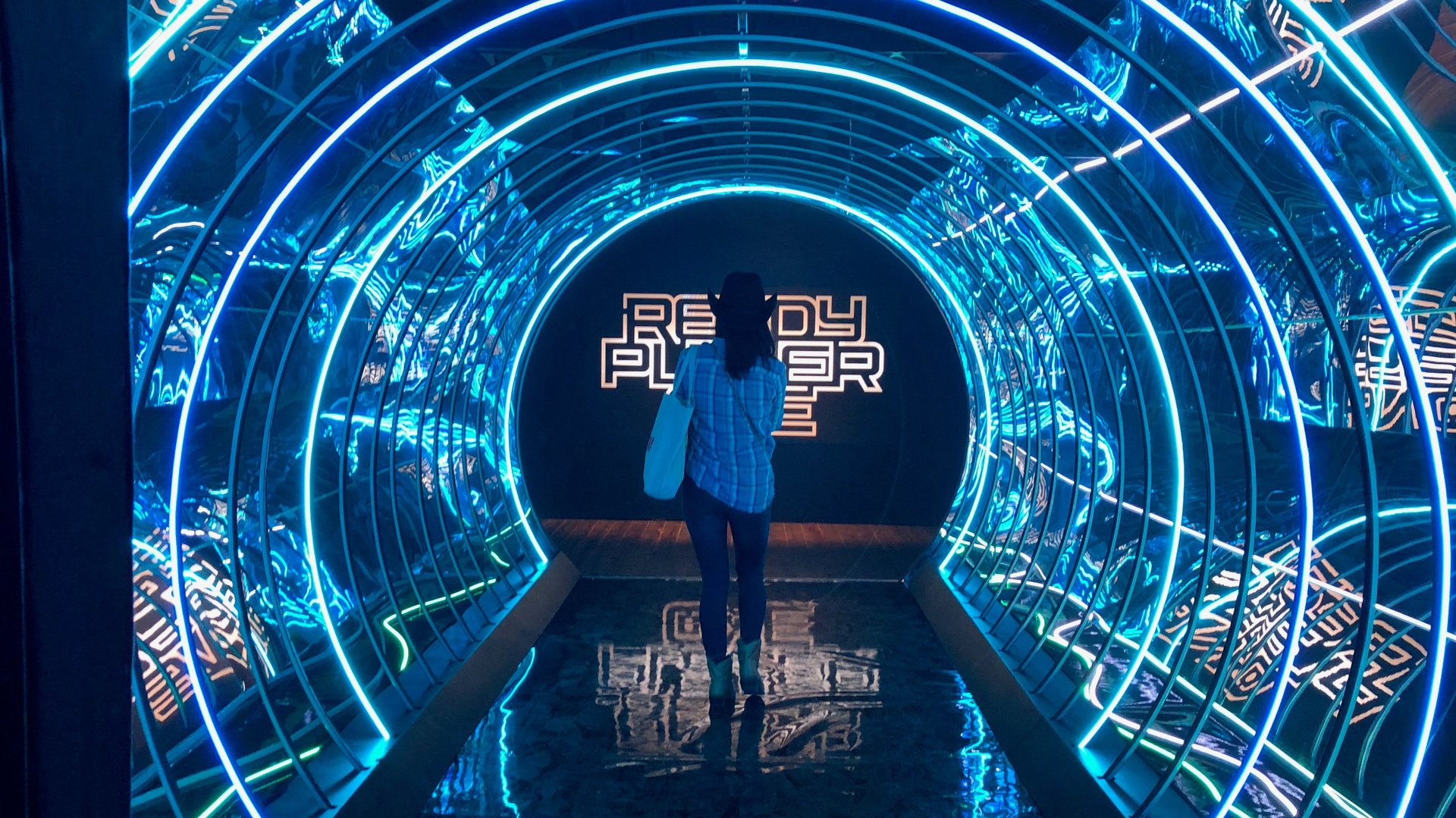If you judged the state of tech by what happens at tech conferences, you’d be very worried
I am very tired.


I am very tired.
I’ve spent far too much of 2018 on the road at technology conventions. I’ve been to Las Vegas for the Consumer Electronics Show; Barcelona for Mobile World Congress; and most recently, Austin, Texas, for South by Southwest. Over the course of these weeklong tech bacchanalia, I’ve helped document the biggest announcements, keynote speeches, and experiences that people have been talking about for our pop-up Daily Briefs. It’s been quite a difficult task to sift through the bluster of brand activations, marketing jargon, and buzzy trends to find out what is actually important.
The role of technology should be to improve the quality of our lives in some meaningful way, or at least change our behavior. In years past, these conferences have seen the launch of technologies that have indeed impacted our lives to varying degrees, from the launch of Twitter to car stereos and video games.
And now, we have things like this:
People always ask me what trends I see at these events. There are the usual words I can throw out—VR, AR, blockchain, AI, big data, autonomy, automation, voice assistants, 3D-printing, drones—the list is endless, and invariably someone will write some piece on each of these at every event. But it’s rare to see something truly novel, impressive, or even more than mildly interesting at these events anymore. The blockchain has not revolutionized society, no matter what some bros would have you believe, nor has 3D-printing. Self-driving cars are still years away, AI is still mainly theoretical, and no one buys VR headsets. But these are the terms you’ll find associated with these events if you Google them.
Most of the big companies opt to launch their newest products at their own events these days. Apple doesn’t show up in any official capacity to these spectacles (save for a few speaking slots), and even Samsung, one of the few companies that announced major products at the conferences this year, still hosts its own splashy press shows throughout the year. Why risk having your newest products get lost in the noise of quiz-show apps, initial taco offerings, and drones on the blockchain?
The biggest thing people will remember from this year’s CES is that it rained the first few days and then the power went out. From MWC, it’ll be that it snowed for the first time in years in Barcelona, and from SXSW, it’ll be the Westworld in the desert (which was pretty cool). Quickly forgotten are the second-tier phones, dating apps, and robots that do absolutely nothing useful. I saw a few things of note that point toward the future—a 3D-printed house that could actually better lives in developing nations; robots that could crush us at Scrabble—but obviously, the opportunity for a nascent startup to get its name in front of thousands of techies, influential people, and potential investors can be huge. Even if it’s just an app for threesomes.
In Austin, a few different marketing and advertising execs told me that they’d seen their companies reject trips for three or four people to head to SXSW for $15,000, but then approve $250,000 “brand activations” where they rented a house and brought the whole team along for a week of drinking in the Southwest. Walking around all these events, that didn’t seem surprising. Why did the countries of Peru, Australia, and Belgium rent houses at SXSW? Why did the candy Maltesers, Vox Media, and Pinterest? Because they could, and because rubes like me would go to them, get a wristband, drink a drink, tweet about it, and shuffle on to the next activation. (And when did we start calling them activations, anyway?)
Saying SXSW is over has been over for many years now, similarly with the other major festivals, but thankfully, that doesn’t really matter. These events aren’t really for me, or even the marketing execs who purchased a platinum all-access badge for $1,600 to attend. We attend to document them as cultural happenings with a supposed eye to the future, and, of course, FOMO. In reality, they’re where deals get done—in casino backrooms, over tapas in Barcelona, or in the private sections of a company’s booth—where shows get bought, movie deals get inked, and suppliers signed. The pointless—and endless—VR demos and swag are just meant to tide punters over until there’s something truly worth getting excited about.
It’s the reason why dozens of journalists (me included) will soon venture to a public school on the far north-west of Chicago to look at Apple’s newest products, far from the glitz of Vegas, the sun of Barcelona, and the tacos of Austin. When real technology is involved, the destinations aren’t as important as the substance of the events. But in the case of many of these conferences, the substance is the destinations themselves.
However, that shouldn’t necessarily be cause for concern: There is still much to be excited about in technology. You just won’t find much of it at the biggest conferences of the year, which are basically spring breaks for nerds. But there is value in bringing so many similarly interested people together. There will be the young college student attending for his school’s unnecessary brand activation who may talk to someone that inspires them to build the next great breakthrough technology. Or there will be a chance encounter by two people in disparate fields who find they have similar passions as they wait for free teeth whitening samples in the 90-degree heat. Or a struggling startup founder who comes across a venture capitalist looking for just what she’s offering as they stand in line at the buffet.
Just don’t expect the world of tomorrow to look like the marketing stunts of today.